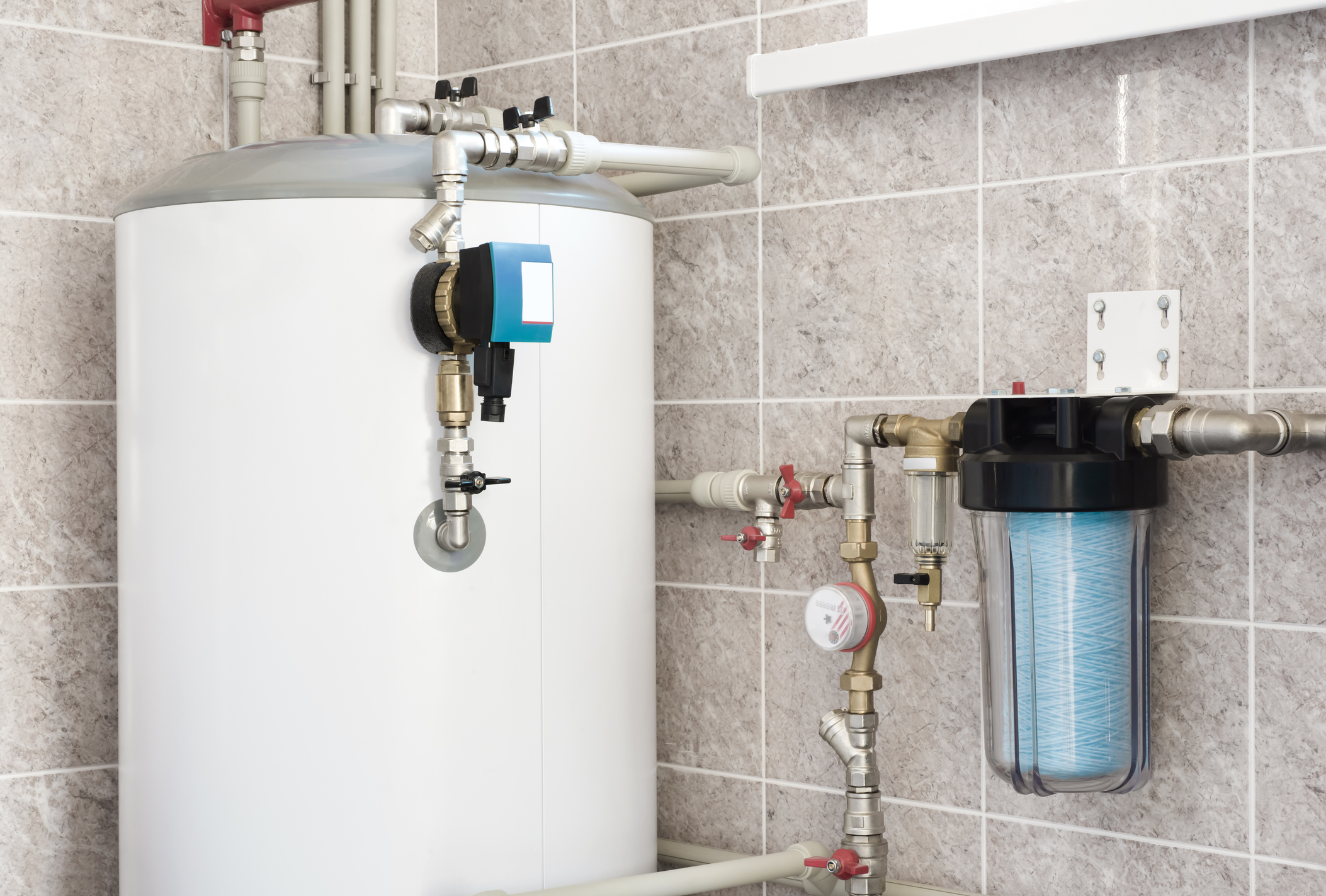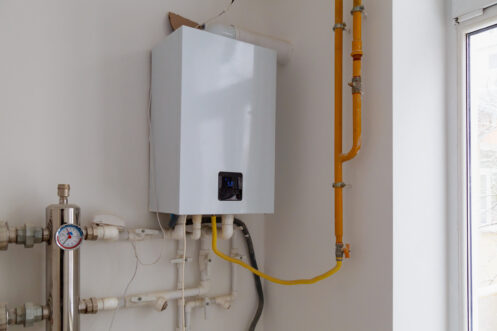Step-by-Step Steps to Caring for Your Home's Hot Water System
Step-by-Step Steps to Caring for Your Home's Hot Water System
Blog Article
Presented here in the next paragraphs yow will discover a lot of sensible data when it comes to How to Maintain Your Water Heater & Prolong its Life.

Hot water is crucial for day-to-day comfort, whether it's for a rejuvenating shower or washing dishes. To ensure your hot water system runs efficiently and lasts longer, regular maintenance is key. This short article gives sensible ideas and insights on exactly how to maintain your home's warm water system to prevent disturbances and pricey fixings.
Intro
Maintaining your home's warm water system could appear challenging, but with a few basic actions, you can guarantee it runs efficiently for several years to come. This guide covers everything from recognizing your warm water system to do it yourself maintenance suggestions and understanding when to call in expert aid.
Importance of Preserving Your Warm Water System
Routine upkeep not just extends the life expectancy of your warm water system but likewise guarantees it operates successfully. Disregarding maintenance can bring about reduced performance, higher power costs, and also premature failure of the system.
Indicators Your Warm Water System Needs Upkeep
Knowing when your warm water system requires focus can stop significant concerns. Look out for indications such as irregular water temperature level, odd sounds from the heater, or rustic water.
Flushing the Hot Water Heater
Purging your water heater gets rid of sediment buildup, boosting effectiveness and extending its life.
Checking and Replacing Anode Rods
Anode rods prevent corrosion inside the tank. Examining and replacing them when worn is critical.
Complex Concerns Calling For Expert Help
Examples include significant leaks, electric troubles, or if your water heater is regularly underperforming.
Routine Professional Upkeep Conveniences
Specialist maintenance can consist of extensive assessments, tune-ups, and making certain conformity with safety and security standards.
Examining and Adjusting Temperature Level Setups
Adjusting the temperature setups makes sure optimal efficiency and safety.
DIY Tips for Maintenance
You can execute several maintenance jobs yourself to keep your warm water system in top problem.
Checking for Leakages
Routinely check pipes and connections for leaks, as these can lead to water damages and higher costs.
Comprehending Your Hot Water System
Prior to diving right into upkeep jobs, it's handy to recognize the fundamental components of your hot water system. Normally, this consists of the hot water heater itself, pipelines, anode poles, and temperature level controls.
Monthly Maintenance Tasks
Normal month-to-month checks can assist catch minor issues before they rise.
Examining Pressure Alleviation Valves
Checking the stress safety valve guarantees it works properly and stops too much stress buildup.
Shielding Pipelines
Insulating warm water pipelines decreases warmth loss and can save energy.
When to Call a Specialist
While do it yourself maintenance is advantageous, some problems need specialist proficiency.
Final thought
Regular upkeep of your home's warm water system is crucial for effectiveness, longevity, and cost savings. By following these tips and recognizing when to seek expert aid, you can ensure a dependable supply of warm water without unexpected interruptions.
Water Heater Maintenance Tips
Test the TPR Valve
Shut off the power and the cold-water supply valve. Place a bucket under the pipe connected to the temperature-pressure-release (TPR) valve on the top or side of the tank. (This valve opens if the tank pressure gets too high.) Lift the valve’s tab to let some water out, then let go. If water keeps flowing, drain the tank partway, unscrew the old valve with a pipe wrench, and install a new one. Check the Anode Rod
Put a hose to the tank’s drain cock and let out a few gallons of water. Now fit a 1 1/16-inch socket onto the rod’s hex head on top of the heater (or under its top plate) and unscrew the rod. If it’s less than ½ inch thick or coated with calcium, buy a new one, wrap its threads with Teflon tape, put it back in the tank, and tighten securely. Use this segmented rod if headroom above the tank is limited. Drain the Tank and Wash Out Sediment
Drain the remaining water in the tank into the bucket, then stir up the sediment on the tank’s bottom by briefly opening the cold-water supply valve. Drain and repeat until clean water comes out of the hose. Close the drain cock, refill the tank, and turn its power back on. Adjust the Temperature
Find the temperature dial on the side of the tank and unscrew its cover. Adjust the dial to 120 degrees using a flathead screwdriver. For every 10 degrees the temperature is lowered, you can expect to save up to 5 percent in energy costs. Turn the water heater off or the thermostat down to its lowest setting if you plan to be away from home for more than three days. Insulate the Pipes
Buy some self-sticking 3/8-inch-thick foam pipe insulation that matches the pipes’ diameter. Slide the foam over the hot-and cold-water pipes as far as you can reach. Insulating the cold-water pipe prevents condensation in summer. Peel the tape and squeeze the insulation closed. If the pipe is 6 inches or less from the flue, cover it with 1-inch-thick unfaced fiberglass pipe wrap. https://www.thisoldhouse.com/plumbing/21016402/how-to-maintain-a-water-heater

I was made aware of that report on How to Maintain Your Water Heater & Prolong its Life through a pal on a different site. Sharing is good. One never knows, you might be doing someone a favor. Bless you for your time. Come back soon.
Call Today Report this page